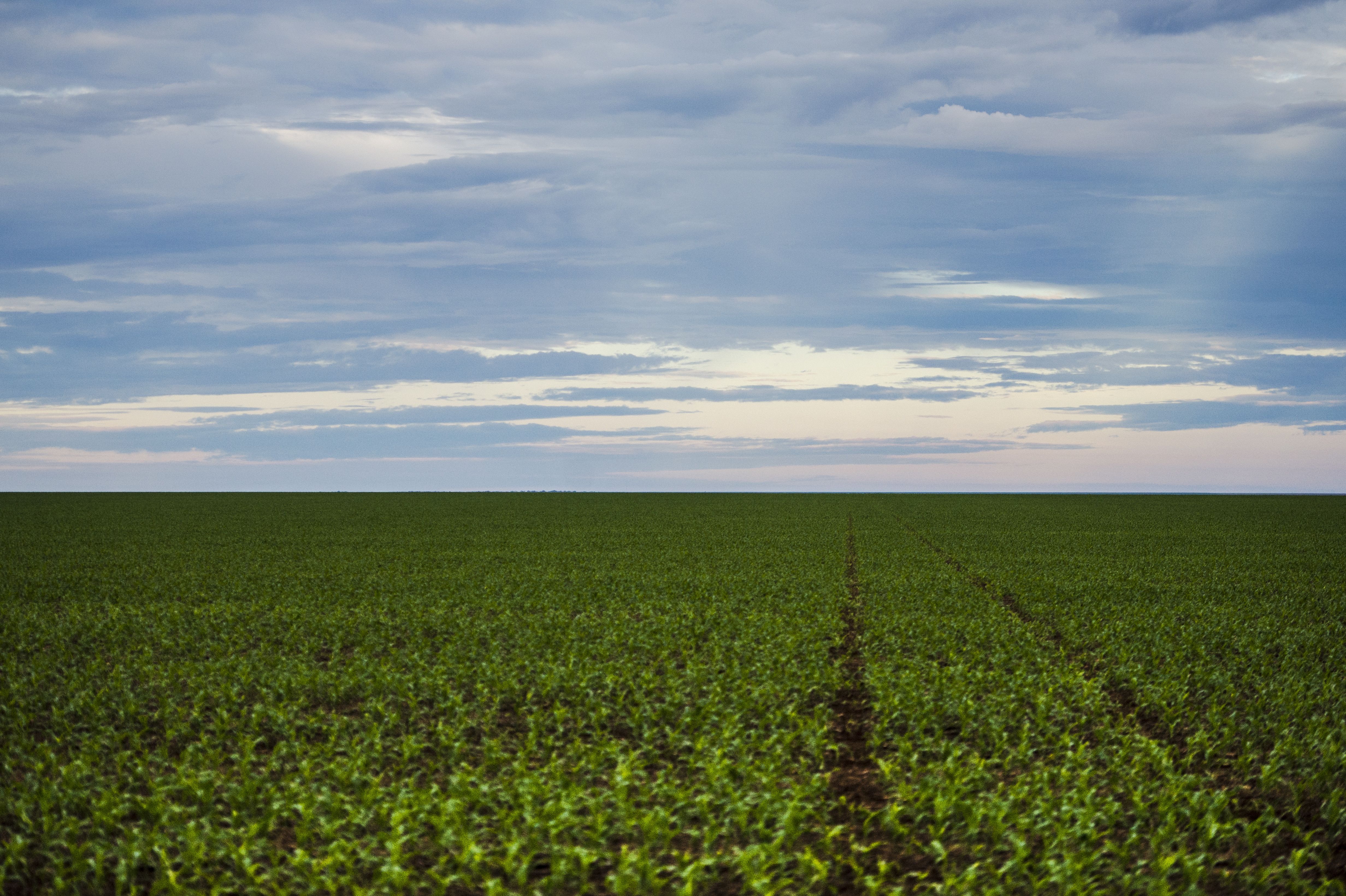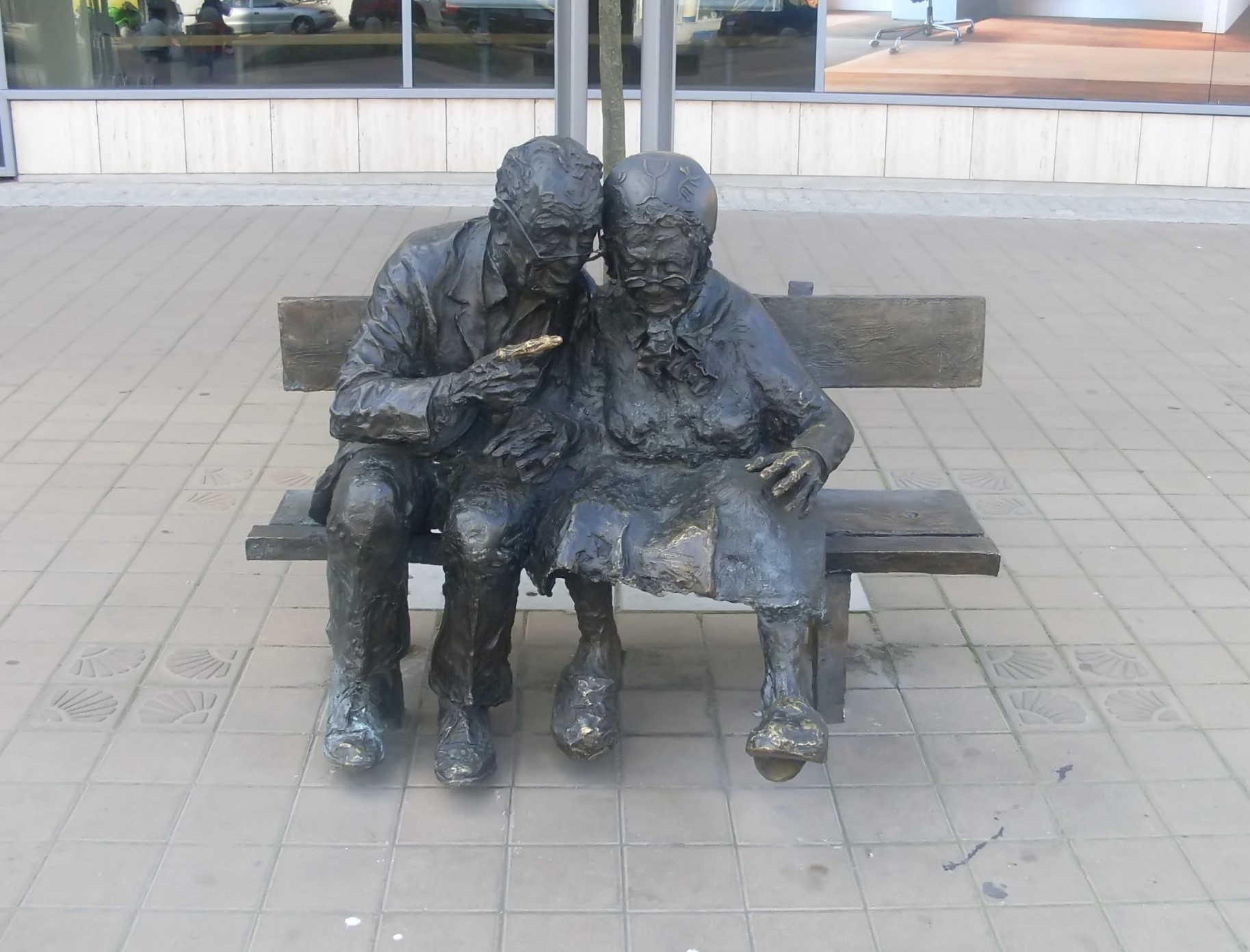|
Tapayúna People
The Tapayuna (autonym: ''Kajkwakratxi''), also known as Tapayúna, Western Suyá and Beiço-de-Pau are an indigenous people native to the state of Mato Grosso, Brazil. Their population was around 167 in 2020. Language The Tapayuna speak the Tapayuna language, a Northern Jê language closely related and mutually intelligible with the Kĩsêdjê language. History The Tapayuna historically lived on the Arinos River, in the Tapajós basin, between Juruena and Aripuanã. They were decimated in mid-20th century as a result of numerous conflicts with Brazilian settlers, rubber tappers, and ranchers; it is estimated that their population declined 90% until reaching 41 individuals in 1969, which has been characterized as an ethnocide. The surviving Tapayúna were then transferred to Xingu Indigenous Park at some point between 1969 and 1970, resulting in 10 more deaths. At first, they stayed with the Kĩsêdjê, speakers of a closely related language. Later, many Tapayúna moved to T ... [...More Info...] [...Related Items...] OR: [Wikipedia] [Google] [Baidu] |
Mato Grosso
Mato Grosso ( – ) is one of the states of Brazil, the List of Brazilian states by area, third largest by area, located in the Central-West Region, Brazil, Central-West region. The state has 1.66% of the Brazilian population and is responsible for 1.9% of the Brazilian GDP. Neighboring states (from west clockwise) are: Rondônia, Amazonas State, Brazil, Amazonas, Pará, Tocantins, Goiás and Mato Grosso do Sul. It is divided into 142 municipalities and covers an area of 903,357 square kilometers, consequently the state is roughly 82.2% of the size of its southwest neighbor, the nation of Bolivia. A state with a flat landscape that alternates between vast ''chapadas'' and plain areas, Mato Grosso contains three main ecosystems: the Cerrado, the Pantanal and the Amazon rainforest. The Chapada dos Guimarães National Park, with its caves, grottoes, tracks, and waterfalls, is one of its tourist attractions. The extreme northwest of the state has a small part of the Amazonian fores ... [...More Info...] [...Related Items...] OR: [Wikipedia] [Google] [Baidu] |
Suyá People
The Suyá, self-denomination Kisêdjê, are indigenous people in Brazil, at the headwaters of the Xingu River. Historically, they were known for their lip plates, an unusual form of body modification which they practiced. After marriage, Suyá men used to have their lower lip pierced, and have a small wooden disk placed inside. The size of the disk would be gradually increased as time went on, permanently changing the size of the lip. Like many other tribes in the upper Xingu, the Suyá have been devastated by diseases introduced by European explorers in the late 19th and early 20th centuries. After the establishment of the Xingu Indigenous Park The Xingu Indigenous Park (, pronounced ) is an indigenous territory of Brazil, first created in 1961 as a national park in the state of Mato Grosso, Brazil. Its official purposes are to protect the environment and the several nations of Xingu I ... in the 1960s, and after the introduction of organised medical care into the area, ... [...More Info...] [...Related Items...] OR: [Wikipedia] [Google] [Baidu] |
Ethnic Groups In Brazil
Brazilian society is made up of a confluence of people of Indigenous, Portuguese, and African descent. Other major significant groups include Italians, Spaniards, Germans, Lebanese, and Japanese. Latin Europe accounted for four-fifths of the arrivals (2.25 million Portuguese, 1.5 million Italians, and 700,000 Spaniards). Brazil has seen greater racial equality over time. According to a recent review study, "There has been major, albeit uneven, progress in these terms since slavery, which has unfortunately not wholly translated into equality of income: only in 2011 did the black-to-white income ratio eclipse its 1960 level, although it appears to be at an all-time high. Education and migration were important factors in closing the gap, whereas school quality and discrimination may explain its persistence." Historic background The Brazilian population was formed by the influx of Portuguese settlers and African slaves, mostly Bantu and West African populations (such ... [...More Info...] [...Related Items...] OR: [Wikipedia] [Google] [Baidu] |
Pajé
A medicine man (from Ojibwe ''mashkikiiwinini'') or medicine woman (from Ojibwe ''mashkikiiwininiikwe'') is a traditional healer and spiritual leader who serves a community of Indigenous people of the Americas. Each culture has its own name in its language for spiritual healers and ceremonial leaders. Cultural context In the ceremonial context of Indigenous North American communities, "medicine" usually refers to spiritual healing. Medicine people use many practices, including specialized knowledge of Native American ethnobotany. Herbal healing is a common practice in many Indigenous households of the Americas;Alcoze, Dr Thomas M. Ethnobotany from a Native American Perspective: Restoring Our Relationship with the Earth" in ''Botanic Gardens Conservation International'' Volume 1 Number 19 - December 1999Northeastern Area State and Private Forestry,Traditional Ecological Knowledge: Sustaining Our Lives and the Natural World at ''United States Department of Agriculture, Fores ... [...More Info...] [...Related Items...] OR: [Wikipedia] [Google] [Baidu] |
Monogamy
Monogamy ( ) is a social relation, relationship of Dyad (sociology), two individuals in which they form a mutual and exclusive intimate Significant other, partnership. Having only one partner at any one time, whether for life or #Serial monogamy, serial monogamy, contrasts with various forms of non-monogamy (e.g., polygamy or polyamory). The term monogamy, derived from Greek language, Greek for “one marriage,” has multiple context-dependent meanings—genetic, sexual, social, and marital—each varying in interpretation across cultures and disciplines, making its definition complex and often debated. The term is typically used to describe the behavioral ecology and sexual selection of animal mating systems, referring to the state of having only one Mating, mate at any one given time. In a human cultural context, monogamy typically refers to the custom of two individuals, regardless of orientation, committing to a sexually exclusive relationship. Monogamy in humans varies wi ... [...More Info...] [...Related Items...] OR: [Wikipedia] [Google] [Baidu] |
Kayapó Language
Mẽbêngôkre ( ), sometimes referred to as Kayapó, is a Northern Jê language ( Jê, Macro-Jê) spoken by the Kayapó and the Xikrin people in the north of Mato Grosso and Pará in Brazil. There are around 8,600 native speakers since 2010 based on the 2015 Ethnologue 18th edition. Due to the number of speakers and the influence of Portuguese speakers, the language stands at a sixth level of endangerment; in which the materials for literacy and education in Mẽbêngôkre are very limited. Ethnography The Mẽbêngôkre language is currently spoken by two ethnic groups, the Kayapó and the Xikrin, which, besides sharing a language in common, both use the endonym ''Mẽbêngôkre'' (literally “those from the hole of the water”Verswijver, Gustaff. "Kayapó." ''Enciclopédia dos Povos Indígenas no Brasil''. 2002. https://pib.socioambiental.org/en/povo/Kayapô/print Accessed 30 September 2016. "Although there are differences between the dialects spoken among the var ... [...More Info...] [...Related Items...] OR: [Wikipedia] [Google] [Baidu] |
Kayapó People
The Kayapo (Portuguese: Caiapó ) people are an indigenous people in Brazil, living over a vast area across the states of Pará and Mato Grosso, south of the Amazon River and along the Xingu River and its tributaries. This location has given rise to the tribe's nickname of "the Xingu". They are one of the various subgroups of the great Mebêngôkre nation (meaning "people from the water's source"). The name ''Kayapo'' is used by neighboring groups rather than referring by the Kayapo to themselves; they refer to outsiders as ''Poanjos''. A type of sweet potato/tuber forms an important part of the Kayapó diet, and is sometimes named "caiapo", after the tribe. It is cultivated under that name in Japan, and has been found to decrease insulin resistance in type 2 diabetic patients. History In the 18th century, in the northeastern region of the present state of São Paulo, the Kayapó tribe first encountered Portuguese-Brazilian ''bandeirantes'', who were looking for gold, among ot ... [...More Info...] [...Related Items...] OR: [Wikipedia] [Google] [Baidu] |
Terra Indígena Capoto-Jarina
Terra may often refer to: * Terra (mythology), primeval Roman goddess * An alternate name for planet Earth, as well as the Latin name for the planet Terra may also refer to: Geography Astronomy * Terra (satellite), a multi-national NASA scientific research satellite * Terrae, extensive land masses found on various solar system bodies ** List of terrae on Mars ** List of terrae on Venus ** Terra, a highland on the Moon (Luna) * Terrestrial (other), things related to land or the planet Earth Latin and other * ''Terra Australis'' (southern land), hypothetical continent appearing on maps from the 15th to the 18th century * ''Terra incognita'', unknown land, for regions that have not been mapped or documented * ''Terra nullius'', land belonging to no one, nobody's land, empty or desolate land * Terra preta ("black earth"), a type of dark, fertile anthropogenic soil found in the Amazon Basin Places * Terra, Cyprus, a village in the Paphos District of Cyprus * Terra A ... [...More Info...] [...Related Items...] OR: [Wikipedia] [Google] [Baidu] |
Suyá Language
Kĩsêdjê (Suyá, Kĩsêdjê: ''Khĩsêtjê kapẽrẽ'' ) is a Northern Jê language ( Jê, Macro-Jê) spoken in Mato Grosso, Brazil. It is closely related to Tapayúna; together, they form the Tapajós branch of Northern Jê. Kĩsêdjê is closely related to Tapayúna; the common past on the Tapajós River, shared by the Kĩsêdjê and the Tapayúna, is still part of their oral history. Phonological differences between the languages include the reflexes of Proto-Northern Jê ''*m/*mb'', ''*mr/*mbr'', ''*c'' (in onsets), ''*ñ'' (in codas), and ''*b'' (in stressed syllables). In Kĩsêdjê, these consonants are reflected as ''m/mb'', ''mr/mbr'', ''s'', ''n'', and ''p'', respectively, whereas Tapayúna has ''w'' ( ̃, ''nr'' ( �̃, ''t'' ( ̪, ''j'' ( , and ''w'' ( in the same words. Phonology Consonants Kĩsêdjê preserved the consonants of Proto-Tapajós almost intact, with the exception of the sound change ''*t̪ʰ'' > ''s''. Onsets The following table lists some o ... [...More Info...] [...Related Items...] OR: [Wikipedia] [Google] [Baidu] |
Xingu Indigenous Park
The Xingu Indigenous Park (, pronounced ) is an indigenous territory of Brazil, first created in 1961 as a national park in the state of Mato Grosso, Brazil. Its official purposes are to protect the environment and the several nations of Xingu Indigenous peoples in the area. Location The Xingu Indigenous Park is on the upper Xingu River in the northeast of the state of Mato Grosso, in the south of the Amazon biome. It covers 26,420 square km (2,642,003 hectares, 6,528,530 acres), with savannah and drier semi-deciduous forests in the south transitioning to Amazon rain forest in the north. There is a rainy season from November to April. The headwaters of the Xingu River are in the south of the park. The area covered by the park was defined in 1961 and covers parts of the municipalities of Canarana, Paranatinga, São Félix do Araguaia, São José do Xingu, Gaúcha do Norte, Feliz Natal, Querência, União do Sul, Nova Ubiratã and Marcelândia in the state of Mato Gross ... [...More Info...] [...Related Items...] OR: [Wikipedia] [Google] [Baidu] |
Brazil
Brazil, officially the Federative Republic of Brazil, is the largest country in South America. It is the world's List of countries and dependencies by area, fifth-largest country by area and the List of countries and dependencies by population, seventh-largest by population, with over 212 million people. The country is a federation composed of 26 Federative units of Brazil, states and a Federal District (Brazil), Federal District, which hosts the capital, Brasília. List of cities in Brazil by population, Its most populous city is São Paulo, followed by Rio de Janeiro. Brazil has the most Portuguese-speaking countries, Portuguese speakers in the world and is the only country in the Americas where Portuguese language, Portuguese is an Portuguese-speaking world, official language. Bounded by the Atlantic Ocean on the east, Brazil has a Coastline of Brazil, coastline of . Covering roughly half of South America's land area, it Borders of Brazil, borders all other countries and ter ... [...More Info...] [...Related Items...] OR: [Wikipedia] [Google] [Baidu] |




